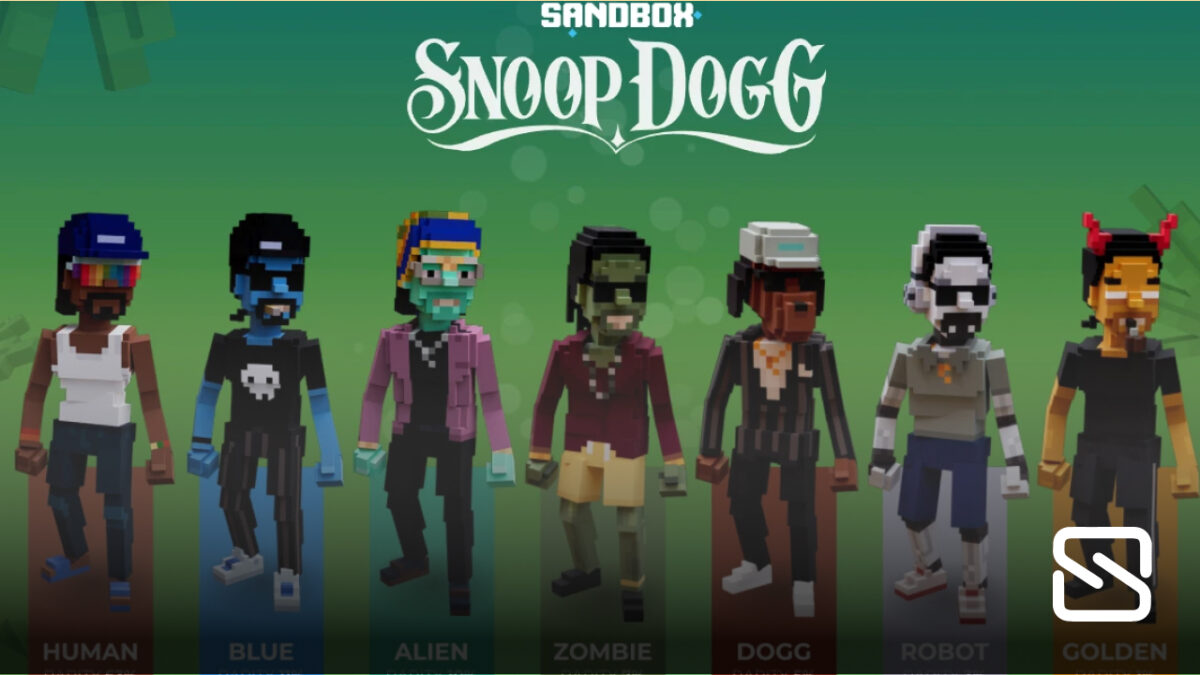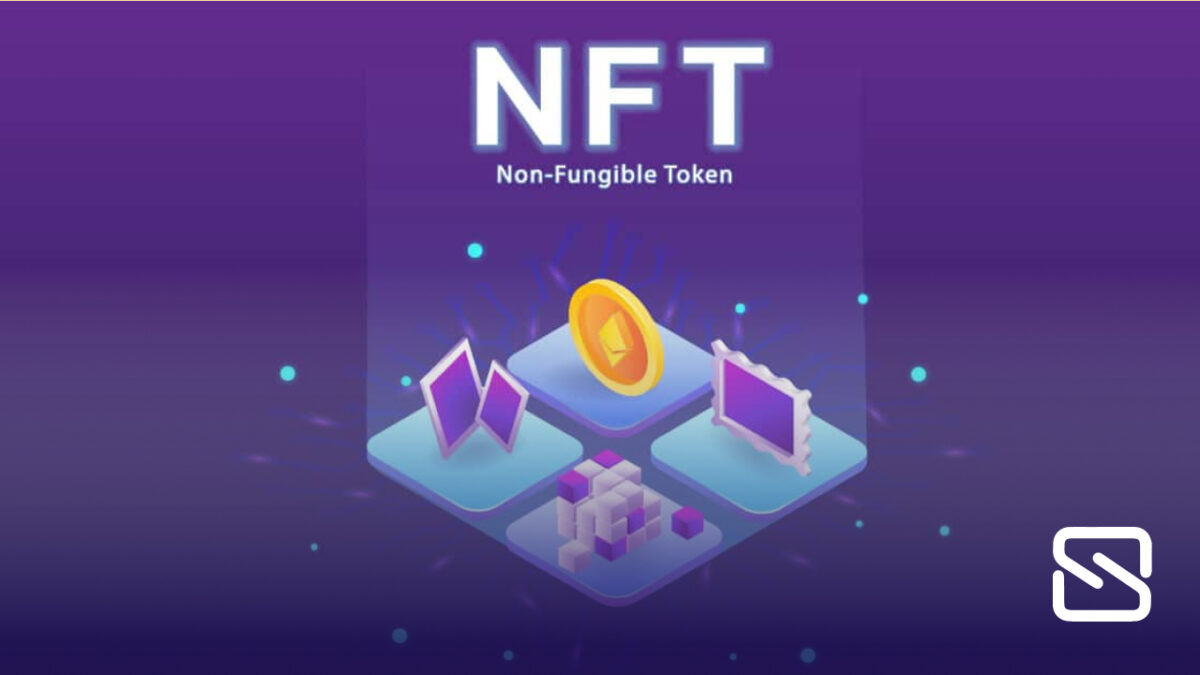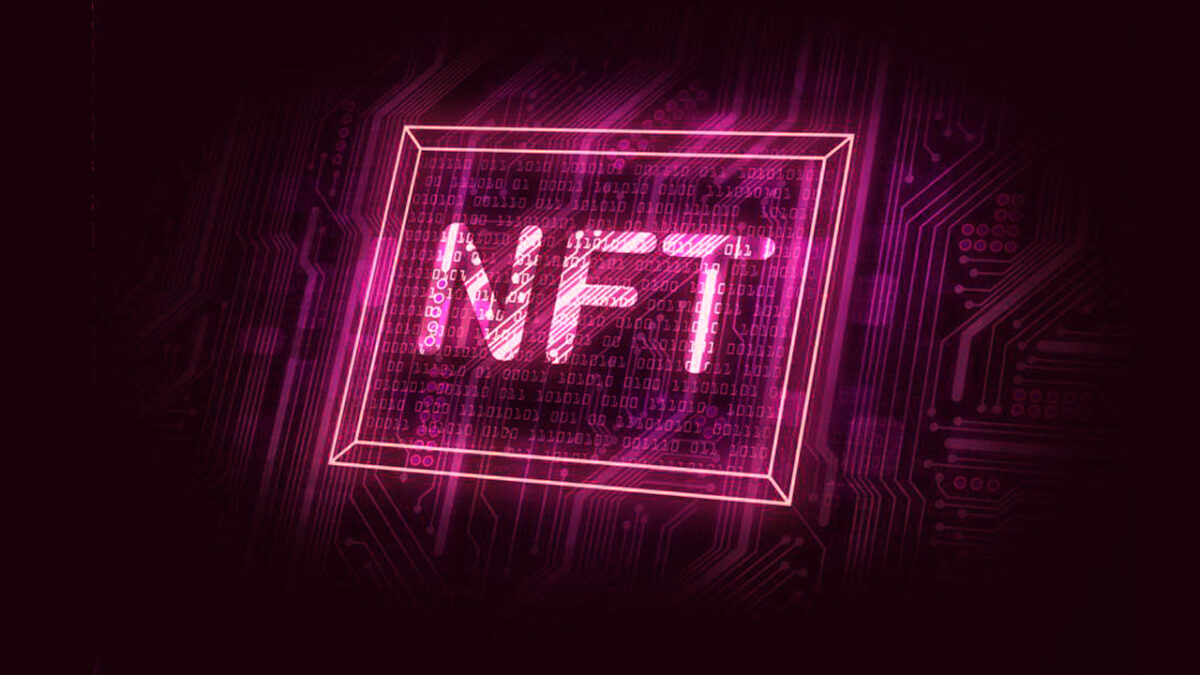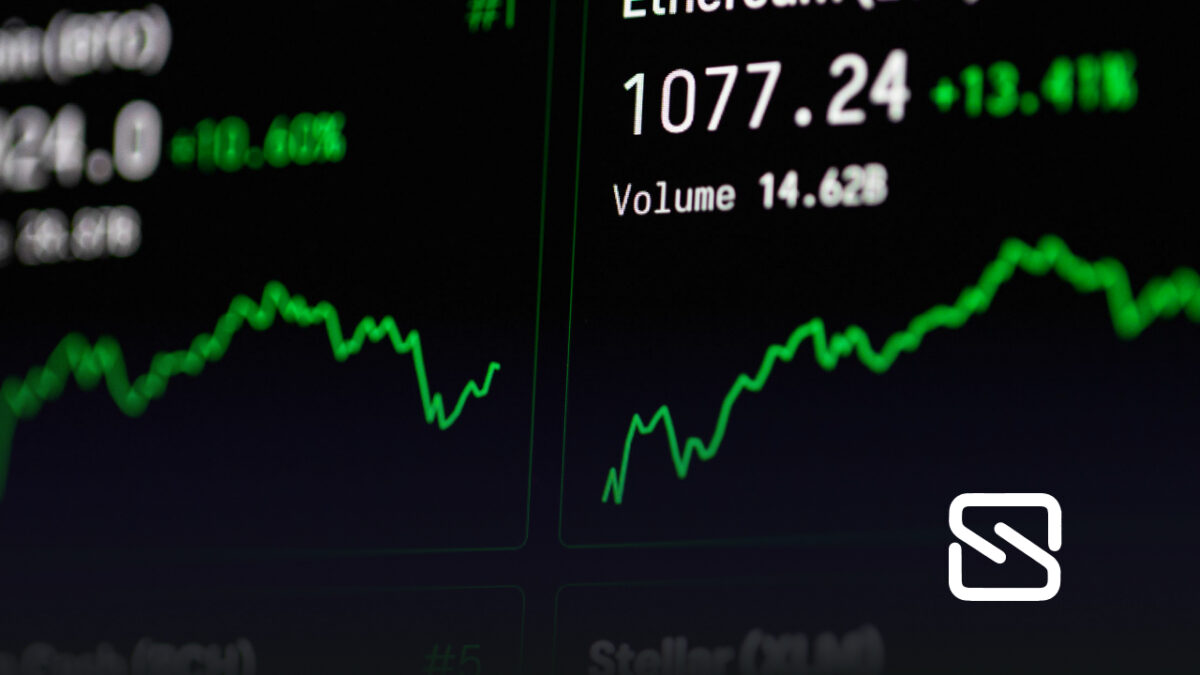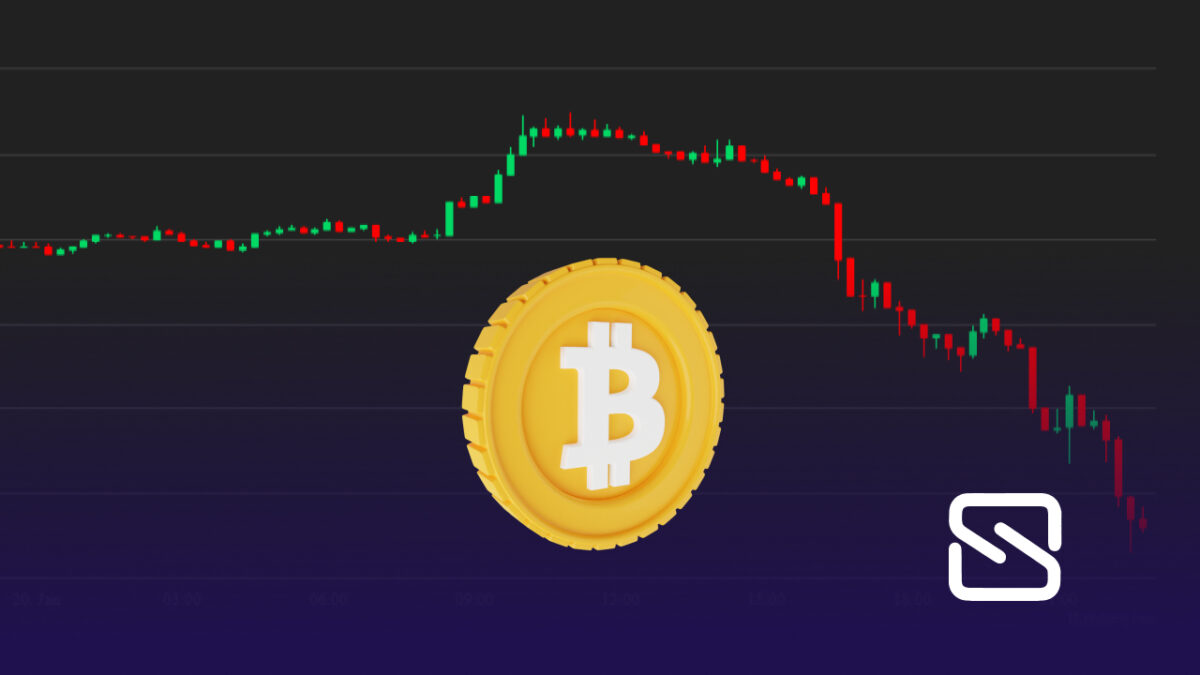Melania Trump launched a public sale for a group of NFTs on the Solana blockchain in January.
The source of funding for Melania Trump’s winning bid in the first NFT public offering appears to be the project’s founders.
According to a series of blockchain transactions, the cryptocurrency used to purchase Trump’s nonfungible token came from a wallet belonging to the company that first advertised the project on the market. In January, the former United States first lady launched a public sale on the Solana blockchain for a group of NFTs, featuring artwork from her first official state visit in 2018.
On her website, Trump revealed the winner of the public sale, as well as the bid history, which indicates the NFT purchased for 1,800 SOL (about $185,000) three weeks ago. The event, dubbed “Head Of State,” was one of many planned auctions Trump said she would hold at “regular intervals” when she announced the creation of her NFT company in December.
According to the transactions, on Jan. 23, the digital wallets linked to Trump’s NFT delivered 372,657 USDC, a stablecoin tethered to the US dollar, to a second wallet, which then sent 1,800 SOL to a third account. On Trump’s website, the third one is named as the winner of the public auction.
In response to blockchain transactions, the unique pockets sent 1,800 SOL to the second pockets handle on January 27. Vice News had previously reported on the paperwork of transactions.
“The character of Blockchain technology is totally obvious,” Melania Trump’s office stated in a press release. As a result, any transaction on the Blockchain can be viewed by anybody. On behalf of a third-party buyer, the transaction was arranged.”
Every transaction on bitcoin blockchains is recorded on a public ledger that everyone can access, and studying transactions from start to finish can provide insight into the flow of money. It’s common for buyers and creators in the area to have many wallets — and to move property back and forth between them.
Because of this freedom, some players in the market have been able to buy and sell the same item at the same time, artificially inflating its value in some cases.The name of the procedure is wash buying and selling. A Chainalysis research released earlier this month indicated that NFT wash merchants made as much as $8.9 million in sales in 2021.
In traditional securities and futures, wash buying and selling is forbidden. NFTs, on the other hand, are traded in an uncontrolled market and have not been classified as securities because they are a completely new asset class. It’s unclear whether the Trump NFT’s value was increased by the movement of cash through wallets.
As digital collectibles became more ubiquitous last year, Trump became the latest celebrity to try to cash in on the demand for NFTs. The tokens, which combine the worlds of cryptocurrency and blockchain with artistic endeavors, appeal to both retail and professional customers.
The “Head of State” collection includes a set of three artworks, as well as an autographed copy of Trump’s white broad-brimmed hat during the state visit. There was also a watercolor painting of the previous first lady and a computer art piece called NFT with moving images.


